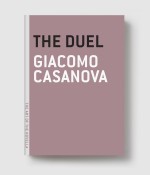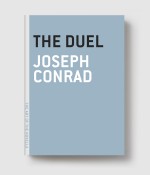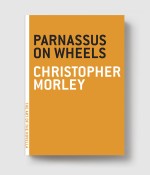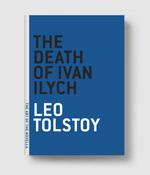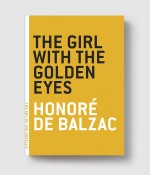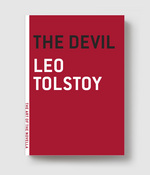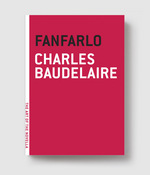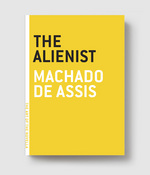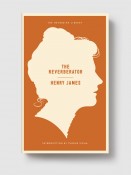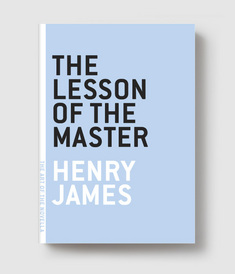
List price: $10.00
- Pages96
- ISBN9780974607849
- Publication dateMay, 2004
- Categories
- Booksellers
- Media
- Academics & Librarians
Lesson of the Master
Henry James
Part of The Art of the Novella
“You know as well as you sit there that you’d put a pistol-ball into your brain if you had written my books!”
Exemplifying Henry James’s famous belief that “Art makes life,” The Lesson of the Master is a piercing study of the life that art makes. When the tale’s protagonist—a gifted young writer—meets and befriends a famous author he has long idolized, he is both repelled by and attracted to the artist’s great secret: the emotional costs of a life dedicated to art.
With extraordinary psychological insight and devastating wit, the novella asks the question of whether art is, ultimately, demeaning or ennobling for the artist, while capturing the ambiguities of a life devoted to art, and the choices artists must make. The expatriate James knew these choice well by the time he published the novella in the Universal Review in 1888, and the work reveals him at the height of his powers.

